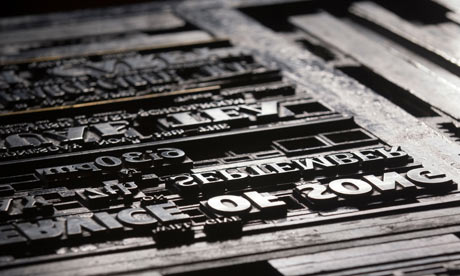In the last couple of posts, I have been talking about the process it took to get Interitas printed. When we left off, I had just finished getting the manuscript edited and so all I had to do from there was hit the big red “print” key, right? Wrong.
I used Amazon-owned Create Space for most of the other tasks but they aren’t the only game in town. Lulu.com is another big player in the space and how I published my first book several years ago. You don’t have to do all of the services through a publisher like I did but I just found it to be easier and more economical from both a time and cost perspective. You give up a little bit of the personal touch that you could find doing things with independent contractors, but you gain a lot in efficiency.
The steps included:
- Getting an ISBN assigned – this is the International Standard Book Number, a unique 10 or 13 digit number assigned to every book. It is required to publish your book since no one will stock it or sell it without one
- Interior Design – this is the layout of the pages inside the book, from the typefont to section and chapter headings, fleurons, and more
- Cover Design – the outside front and back covers of the book. I tried Create Space’s service to design one for me but wasn’t happy with the results so wound up going in a different direction. More on that in a moment
- Distribution channels – where are you going to sell your book
- Pricing – how much are you going to charge
- Marketing Services – blurbs to describe the book, the author, the series, etc. You fill out an extensive questionnaire and they write a first draft that you can amend as much as you want
Regardless of whether you have an all-in-one shop like Create Space do it or you do the individual pieces yourself, these are all important steps in the process.
Regarding the book cover, I had a pretty clear idea of what I wanted with the Troup Armillary taking center stage – it is a critical piece of the book and the overall series as you’ll see in future volumes. A friend and marketing guru suggested adding in the character representations that you see in the final product but the challenge was getting that done.
First, I hired a photographer – the amazing Adam Kuehl to go take some great, professional, moody shots of the Armillary. Then I put those pictures and the overall instructions down several paths including using the aforementioned Create Space (you submit the source material and what you want and they will attempt to design it); a good friend Jessica; and a open contest through 99 Designs.
The latter is basically a competition – think The Voice but for specific design projects. You pick a prize amount (usually a few hundred dollars depending on how big the project is) and put it out to the community what you want. Interested artists will submit designs, do revisions based on notes you provide, and do multiple versions in most cases. Then you simply pick a winner. There is no obligation to use it and the artist passes over all rights to it. It’s a great, fairly inexpensive way to get these kinds of discrete design projects done.
Finally, in the first week of November, everything was complete… the book had been written, re-written, re-written another three or four times, edited twice, designed inside and out, and put through the rest of the process necessary to make it a reality.
Then I pushed the big red button. It wasn’t really a big red button but it felt like it. The book showed up on Amazon the next day.
I have to say it was pretty cool.

Follow Us!